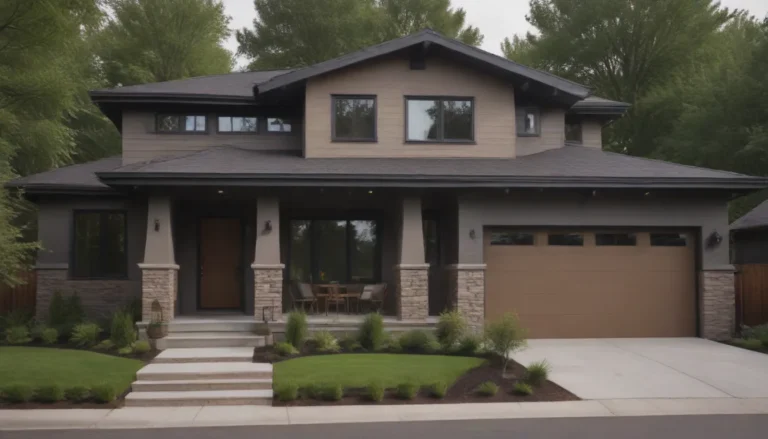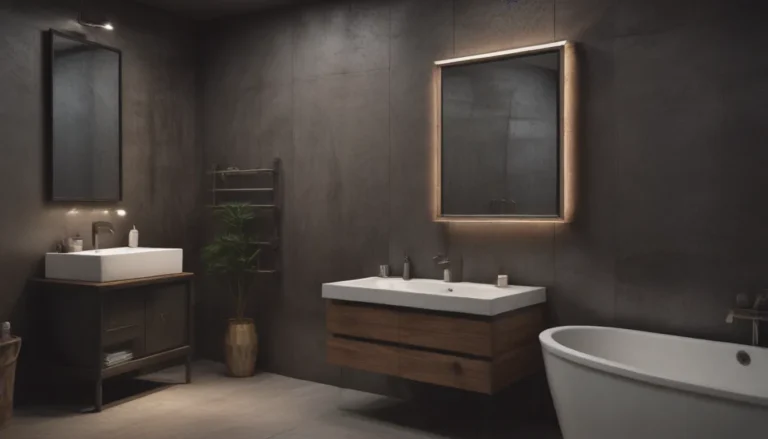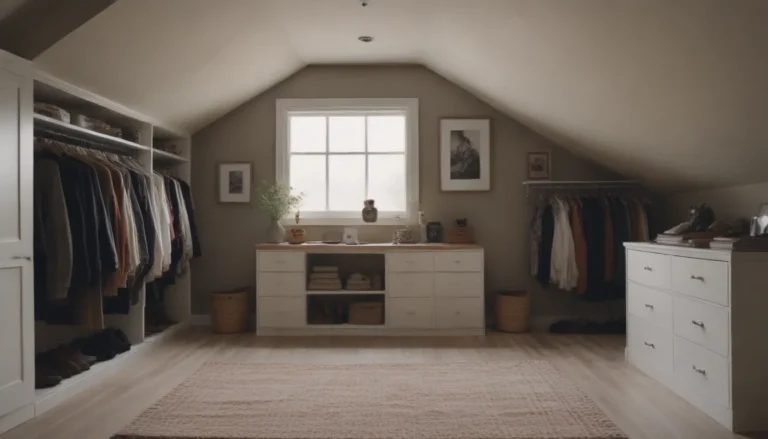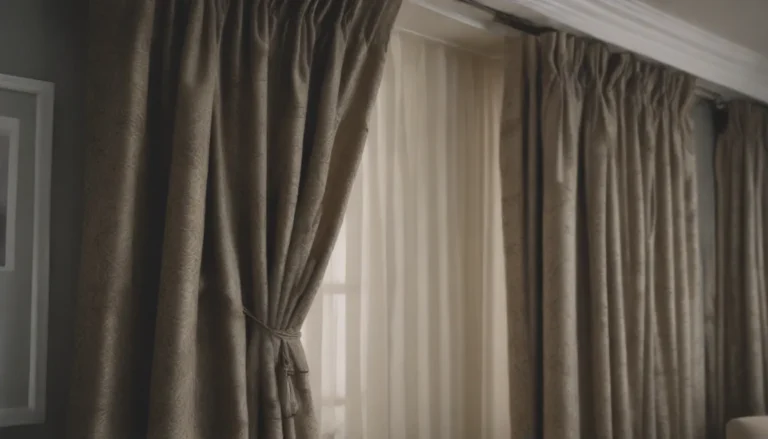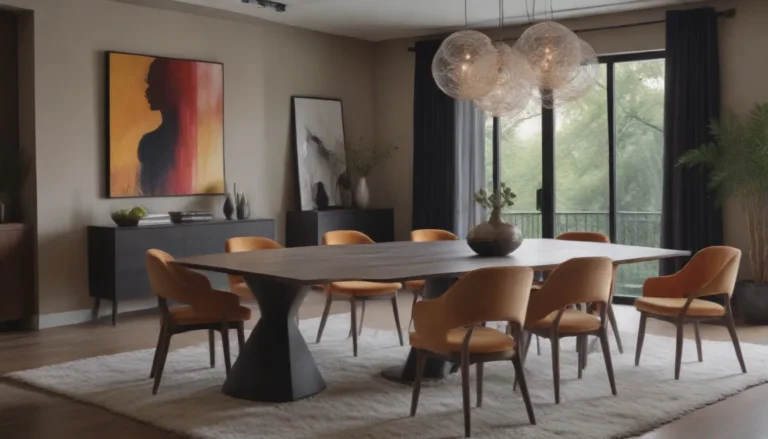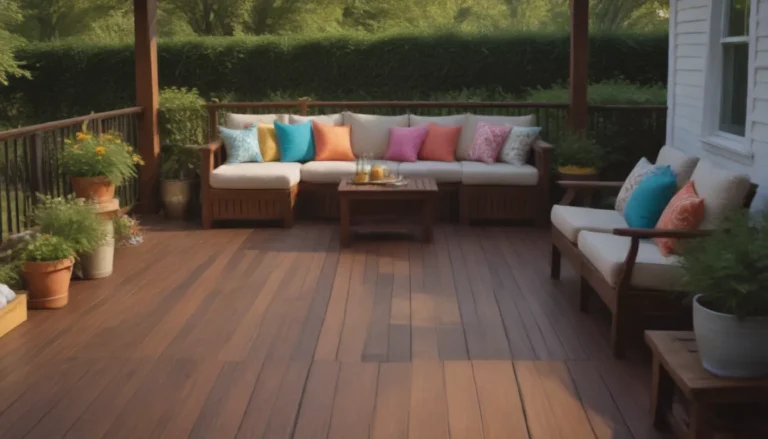The Ultimate Guide to Recessed Light Fixtures: Everything You Need to Know
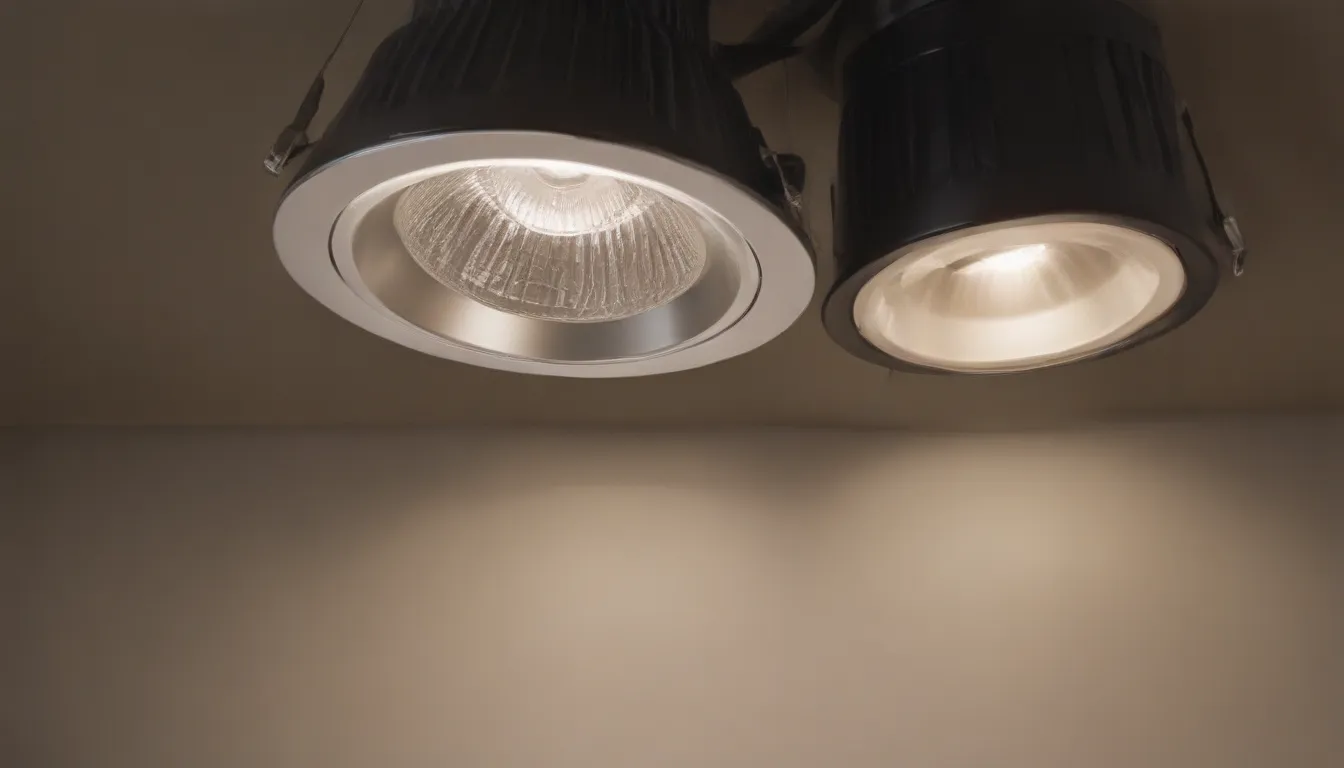
Are you considering adding recessed light fixtures to your home but aren’t sure if they are the right choice for you? In this comprehensive guide, we will dive deep into the world of recessed lighting to help you make an informed decision. From the pros and cons to installation tips and top brands, we’ve got you covered with everything you need to know about recessed light fixtures.
What are Recessed Light Fixtures?
A recessed light fixture, also known as a can light, is a style of lighting where the majority of the fixture is hidden behind the ceiling surface. Unlike traditional surface-mounted lights, recessed fixtures sit flush with the ceiling, creating a clean and streamlined look. These lights can increase the amount of light in a room, highlight specific features, or even make a space appear larger. Powered by standard 120-volt circuits, recessed light fixtures are controlled by wall switches and typically use small flood-lamp bulbs, incandescent bulbs, CFLs, or LEDs.
Pros of Recessed Light Fixtures
- Flush ceiling profile
- Aims illumination
- Creates a dramatic effect
- Hides light source
Cons of Recessed Light Fixtures
- Can look dated
- Pose a fire hazard
- Thermal energy loss possible
- Tricky installation
Cost of Recessed Light Fixtures
While recessed light fixtures may be more expensive than traditional surface-mounted lights, they are generally more affordable than decorative chandeliers. The cost can range from $5 to $50 or more per fixture, depending on the style and features. Fixtures that only accept LED bulbs tend to be pricier, but the long-term savings on energy make them a worthwhile investment. In addition, there are now “smart” recessed fixtures available that can be controlled remotely through bluetooth connectivity, further adding to the cost.
Maintenance and Repair
Once installed, recessed light fixtures are easy to maintain, requiring only occasional bulb changes. However, if the fixture itself malfunctions, replacing it can be more complex compared to standard light fixtures.
Design Options
The main advantage of recessed light fixtures is the design versatility they offer. With their low profile and ability to aim illumination, these fixtures are ideal for accent lighting and highlighting specific areas in a room. Some models even feature rotating turrets that allow you to adjust the lighting direction. While recessed lights may not be suitable for general room illumination, they excel at enhancing architectural details and creating a customized lighting scheme.
Recessed Light Fixture Installation
Installing recessed light fixtures is best done during initial construction or major renovations when access to ceiling joists is available. Retrofitting them into an existing ceiling can be more challenging and may require alterations to the framing. However, newer LED-specific fixtures are more compact and easier to install. It is essential to choose fixtures rated for use near insulation to prevent any safety issues.
Top Brands of Recessed Light Fixtures
Several well-known companies, such as Sylvania, Westinghouse, and Philips, manufacture high-quality recessed light fixtures. Additionally, there are secondary brands that offer reliable fixtures at a lower cost. As long as the fixtures carry certifications from major testing agencies like UL, secondary brands are a viable option.
Recessed Light Fixtures vs. Track Light Fixtures
Track lighting provides similar benefits to recessed lighting in terms of targeted accent lighting. While track lighting is currently considered more modern and trendy, recessed lighting remains a classic choice, especially with LED fixtures. Track lights are easier to install, but they may not offer the same seamless look as recessed fixtures.
Types of Bulbs for Recessed Light Fixtures
There are various types of bulbs available for recessed light fixtures, each serving different purposes. From incandescent and LED bulbs to halogen and CFLs, the choice of bulb can affect the direction and quality of light emitted. Understanding the different bulb types can help you achieve your desired lighting effects.
Are Recessed Light Fixtures Right for You?
When deciding between recessed and track light fixtures, consider your lighting needs, design preferences, and installation skills. Recessed light fixtures are ideal for creating a hidden and low-profile lighting scheme, while track lighting offers flexibility and easy installation. Consult with a lighting expert to determine the best option for your space and ensure proper installation.
In conclusion, recessed light fixtures are a versatile and stylish choice for enhancing the lighting in your home. Whether you are looking to add accent lighting, highlight specific features, or create a modern look, recessed fixtures offer a range of benefits. By understanding the pros and cons, costs, installation tips, and design options, you can make an informed decision on whether recessed light fixtures are right for you.
